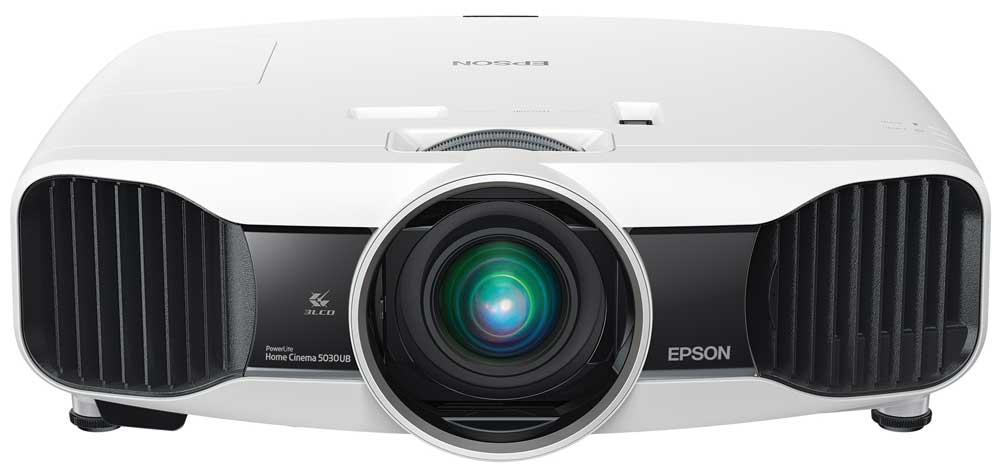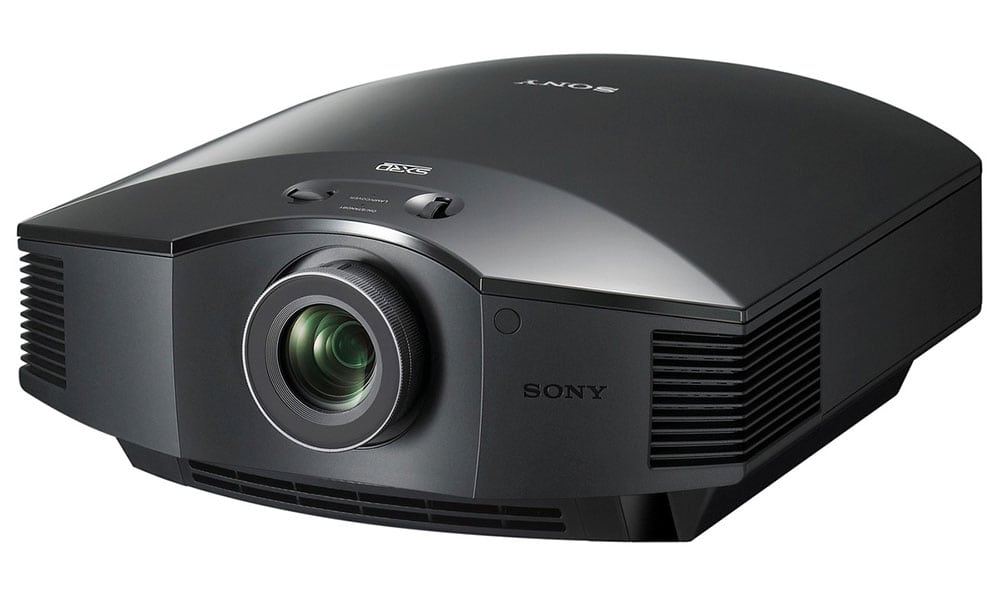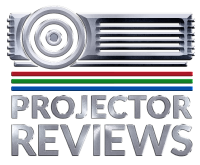- Four Great Home Theater Projectors Compared
- Four Home Theater Projector Comparison - Page 2
- 1st Comparison: The Optoma HD91 vs. the Sony VPL-HW40ES 1
- 1st Comparison: The Optoma HD91 vs. the Sony VPL-HW40ES 2
- 1st Comparison: Optoma HD91 vs. Sony VPL-HW40ES Subscriber-Only Videos
- 2nd Comparison: The Epson Home Cinema 5030UB vs. the BenQ W7500 1
- 2nd Comparison: The Epson Home Cinema 5030UB vs. the BenQ W7500 2
- 2nd Comparison: Epson Home Cinema 5030UB vs. BenQ W7500 Subscriber-Only Videos
- 3rd Comparison: The Epson Home Cinema 5030UB vs. the Sony VPL-HW40ES 1
- 3rd Comparison: The Epson Home Cinema 5030UB vs. the Sony VPL-HW40ES 2
- 3rd Comparison: The Epson Home Cinema 5030UB vs. the Sony VPL-HW40ES 3
- 3rd Comparison: Epson Home Cinema 5030UB vs. Sony VPL-HW40ES Subscriber-Only Videos
- 4th Comparison: The Optoma HD91 vs. the BenQ W7500 1
- 4th Comparison: The Optoma HD91 vs. the BenQ W7500 2
- 4th Comparison: The Optoma HD91 vs. the BenQ W7500 3
- 4th Comparison: Optoma HD91 vs. BenQ W7500 Subscriber-Only Videos
- 5th Comparison: The BenQ W7500 vs. the Sony VPL-HW40ES 1
- 5th Comparison: The BenQ W7500 vs. the Sony VPL-HW40ES 2
- 5th Comparison: BenQ W7500 vs. Sony VPL-HW40ES Subscriber-Only Videos
- Home
- All Reviews
- By Category
- By Manufacturer
- Best Projectors
- Best Projectors By Category
- Best Projectors On Amazon
- Best 4K Projectors
- Best Ultra Short Throw Projectors
- Best Laser TVs
- Best Gaming Projectors
- Best Home Theater Projectors
- Best Projectors Under $1,000
- Best Projectors Under $500
- Best Portable Projectors
- Best Outdoor Projectors
- Best Bright Budget-Friendly Outdoor Projectors
- Best Battery Powered Outdoor Projectors
- Best Outdoor Projection Screens
- Industry News
- Reports
- Projector Manufacturers
- Manufacturer Terminology
- Manufacturers
- Recent Articles
- Custom Integration
- Projection Terms
- Projector Manufacturers Categories
- Videos
- Blog
Close
Menu
- All Reviews
- By Category
- By Manufacturer
- Best Projectors By Category
- Best Projectors On Amazon
- Best 4K Projectors
- Best Ultra Short Throw Projectors
- Best Laser TVs
- Best Gaming Projectors
- Best Home Theater Projectors
- Best Projectors Under $1,000
- Best Projectors Under $500
- Best Portable Projectors
- Best Outdoor Projectors
- Best Bright Budget-Friendly Outdoor Projectors
- Best Battery Powered Outdoor Projectors
- Best Outdoor Projection Screens
- Latest News
- Reports & Guides
- Manufacturers
- Articles
- Custom Integration
- Projection Terms
- Blog
close









